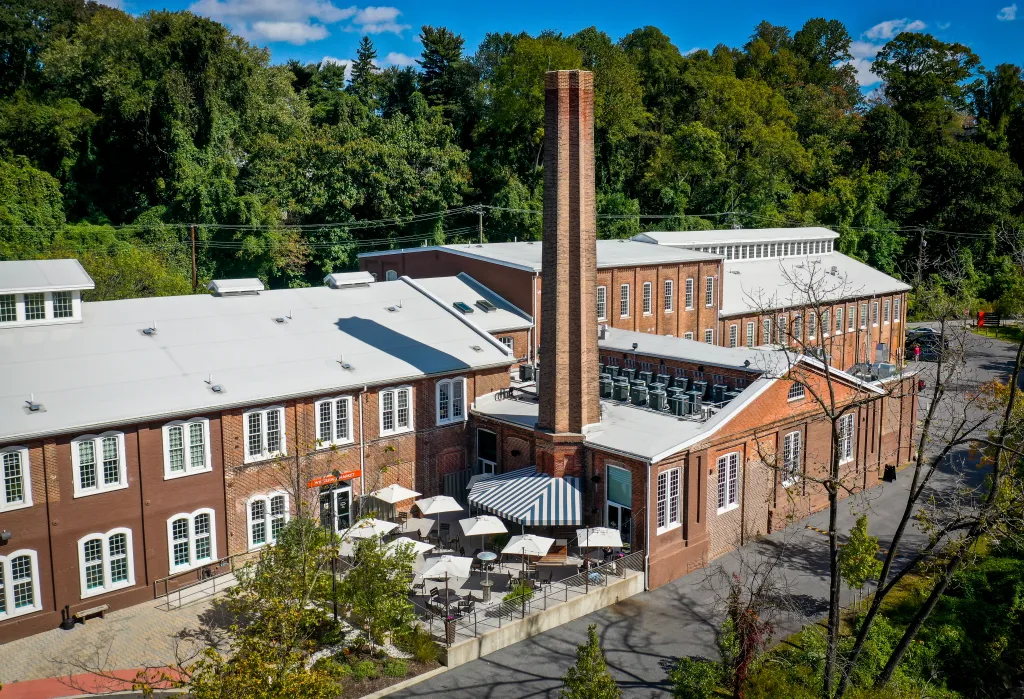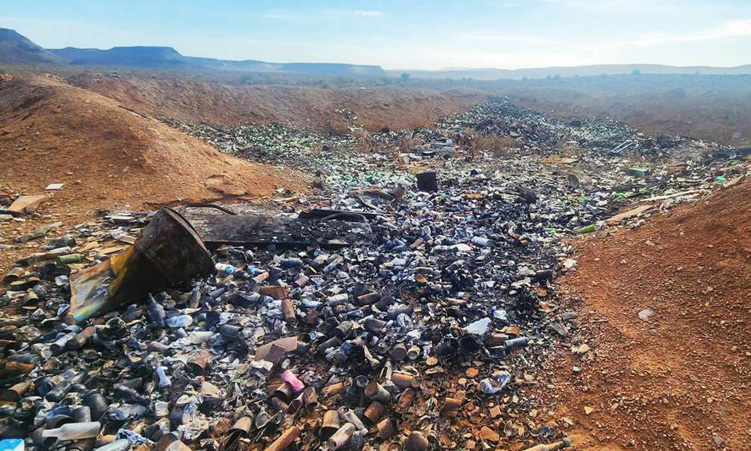
The proposal to move the Sisson Street trash facility to beside the Jones Falls and close down a section of Falls Road is about as historically insensitive as putting an incinerator facility right next to Fort McHenry and shutting down access (“Don’t trash the Jones Falls (again),” Sept. 16).
In colonial times, Baltimore was the third biggest commercial port in the country after New York and Philadelphia. The waters of the Jones Falls powered close to a dozen mills, primarily cotton cloth and flour. The result was that in the early 1800s, the Smithsonian once reported, our neighborhood made “80% of the cotton duck sailcloth” for the country.
After the Civil War, as steamboats and railroads were taking over commerce, Baltimore’s existing mills and new ones shifted to industrial products. By 1888, the ironworks of Poole and Kent employed 700 workers.
Preserve the waters and environment of the Jones Falls Valley but also learn from it. This is our city’s economic heritage. This is sacred space.
— Stan Heuisler, Baltimore



